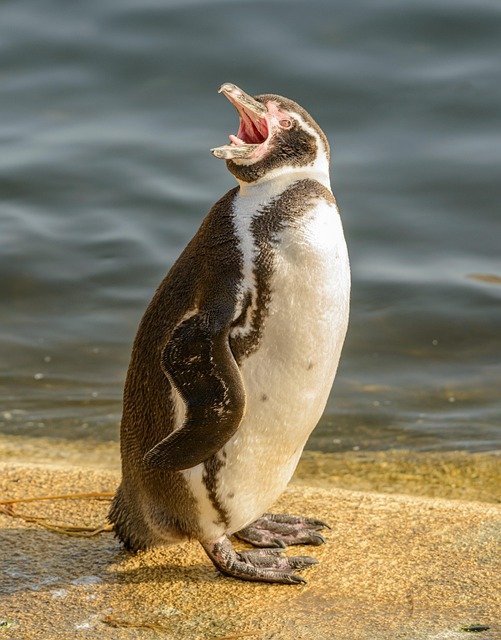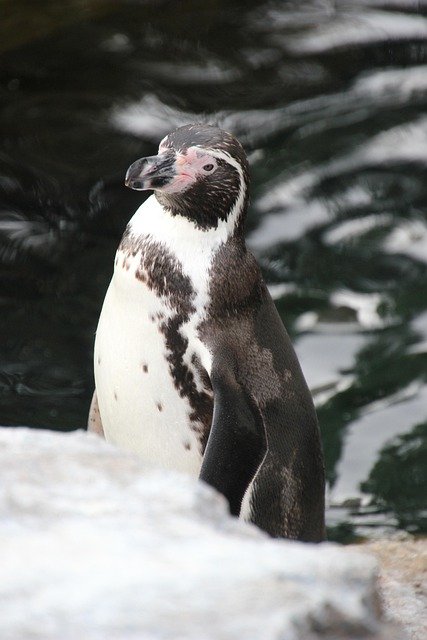Title: "The Social Dynamics of Penguin Colonies: Understanding Communication and Cooperation in the Wild" In

The Social Dynamics of Penguin Colonies: Understanding Communication and Cooperation in the Wild
Penguins are not just adorable creatures waddling around on ice; they are also fascinating social animals that exhibit complex behaviors and interactions within their colonies. Understanding the social dynamics of penguin colonies provides valuable insights into their communication, cooperation, and survival strategies in the wild.
The Importance of Social Structure
Penguins are highly social birds that live in colonies ranging from a few dozen to several thousand individuals. The social structure of these colonies is crucial for several reasons:
- Protection from Predators: Living in large groups offers safety in numbers. Penguins can better defend against predators such as seals and birds of prey by staying close together.
- Resource Sharing: In harsh environments, cooperation is essential for finding food. Penguins often work together to locate and catch fish, sharing their findings with others in the colony.
Communication Methods
Penguins have developed a variety of vocalizations and physical behaviors to communicate with one another. These include:
- Vocal Calls: Each penguin species has its own unique calls, which are used for mating, signaling distress, or coordinating group movements. For example, Emperor Penguins have distinct calls that help mates locate each other in crowded breeding colonies.
- Body Language: Penguins also use body postures and movements to convey messages. For instance, a penguin may bow, flap its wings, or display specific postures to assert dominance or attract a mate.
Cooperative Breeding and Parenting
One of the most remarkable aspects of penguin social dynamics is their cooperative breeding behavior. Many species, such as the Emperor Penguin, exhibit a unique form of parental care where both parents take turns incubating eggs and feeding their chicks. This cooperation enhances the survival rate of the young and strengthens pair bonds.
The Role of the Colony in Parenting
- Shared Responsibilities: In some species, multiple adults may help care for a single chick or a group of chicks, allowing parents to forage for food while ensuring their young are protected.
- Learning from Each Other: Young penguins learn essential survival skills by observing the behaviors of older, more experienced colony members, which enhances their chances of survival.
Challenges to Social Dynamics
Despite their strong social structures, penguin colonies face numerous challenges, including climate change, habitat loss, and overfishing. These factors can disrupt communication and cooperation within colonies, leading to decreased reproductive success and increased vulnerability to predators.
Conservation Efforts
Understanding the social dynamics of penguin colonies is crucial for conservation efforts. By recognizing how these birds interact and cooperate, researchers can develop targeted strategies to protect their habitats and ensure their survival in the wild.
Conclusion
The social dynamics of penguin colonies are a testament to the complexity of animal behavior. Through communication and cooperation, these remarkable birds navigate the challenges of their environment, ensuring their survival and the continuation of their species. As we continue to study and learn from these fascinating creatures, we gain not only insights into their lives but also valuable lessons about the importance of social connections in the animal kingdom.
By appreciating the intricate social structures of penguins, we can advocate for their protection and contribute to the preservation of these incredible animals for future generations.

Upvoted! Thank you for supporting witness @jswit.